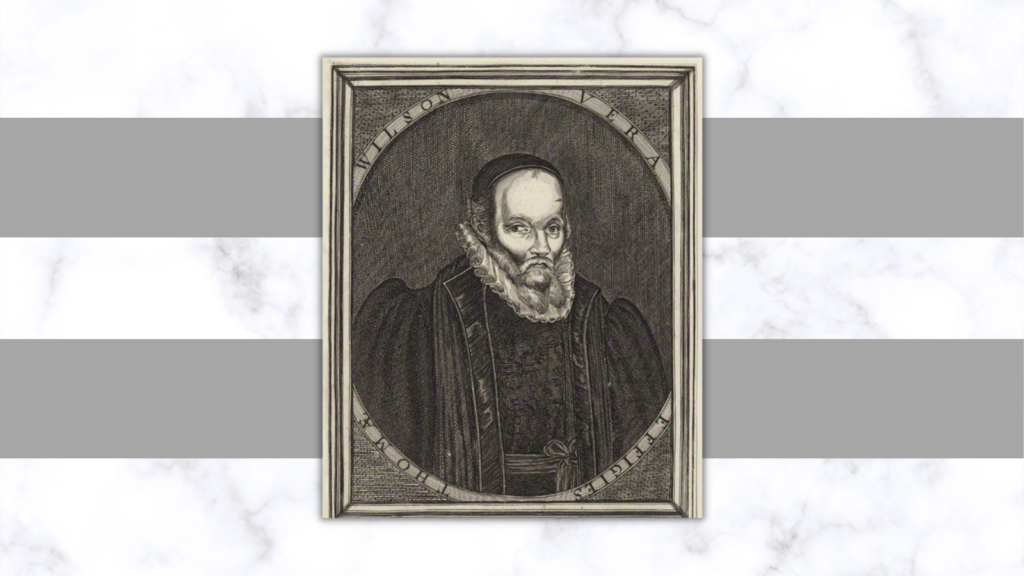October marks 500 years since Luther ignited Protestant Reformation
By Joanne Sloan
Martin Luther (1483–1546) ignited the Protestant Reformation 500 years ago this month.
He was born Nov. 10, 1483, to Hans and Margarette Luder in Eisleben, Germany. His father worked in the copper mines.
At age 17 he entered the University of Erfurt, where he graduated with a master’s degree.
A dramatic experience in 1505 started him on a path to conversion. Going through a severe thunderstorm, a lightning bolt struck the ground near him.
‘I will become a monk’
“Help me, St. Anne,” he cried. “I will become a monk!”
Fulfilling his vow, he entered the monastic life. In 1507 he was ordained as a priest. In 1512 he became a doctor of theology at the University of Wittenberg, a position he held until his death.
Although he fasted, flagellated himself and performed other ascetic practices, he found no peace. He was terrified of the wrath of God. However, he gained new insight about salvation while lecturing on the Psalms and the book of Romans in 1513 and 1514. His conversion occurred after studying Romans 1:17: “For in the gospel the righteousness of God is revealed — a righteousness that is by faith from first to last, just as it is written: ‘The just shall live by faith.’”
He meditated day and night on this verse and began to understand that the righteous live by faith. “I felt as if I were entirely born again,” he wrote, “and had entered paradise itself through the gates that had been flung open.”
It was the sale of indulgences that initiated Luther’s public battle with the Catholic church. Johann Tetzel, a priest, traveled throughout Germany in 1517 selling indulgences, which were church pardons for sins.
On Oct. 31, 1517, Luther posted his 95 Theses on the door of Wittenberg’s Castle Church, disputing the sale of indulgences. Printed copies of the Theses were distributed across Germany as a call to reform the Catholic Church.
Pope Leo X excommunicated Luther on Jan. 3, 1521. Three months later, Luther appeared before Holy Roman Emperor Charles V and was ordered to recant his views. Luther refused and said, “Here I stand. I can do no other.
God help me!” Prince Frederick of Saxony became his protector. Luther’s friends hid him for 10 months, during which time he translated the New Testament into German.
In 1522 he began a reformation of German churches. Most priests were ignorant of the Bible and the way of salvation.
In 1529 he published his “Small Catechism,” which provided the priests and the people a summary of the main teachings of the Bible.
Statement of beliefs
In 1530, Luther’s collaborator, Philip Melanchthon, wrote a complete statement of their beliefs. The document, known as the Augsburg Confession, states what Lutherans believe.
During his last 16 years Luther was sick but busy, implementing church and public policy in Germany, teaching university classes, preaching several times a week and writing books, letters and hymns. His most famous hymn is “A Mighty Fortress is Our God.” His writings fill more than 50 large volumes in English.
He died Feb. 18, 1546, in Eisleben and was buried in Wittenberg.
______________________________
EDITOR’S NOTE — Joanne Sloan, a member of First Baptist Church, Tuscaloosa, has been a published writer of articles and books for 30 years. She has a bachelor’s degree double majoring in history and English from East Texas State University (now Texas A&M University–Commerce) and a master’s degree specializing in English from the University of Arkansas (1978).






Share with others: